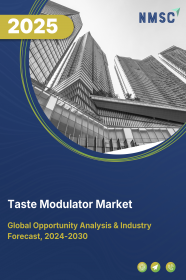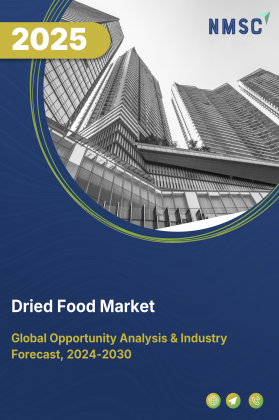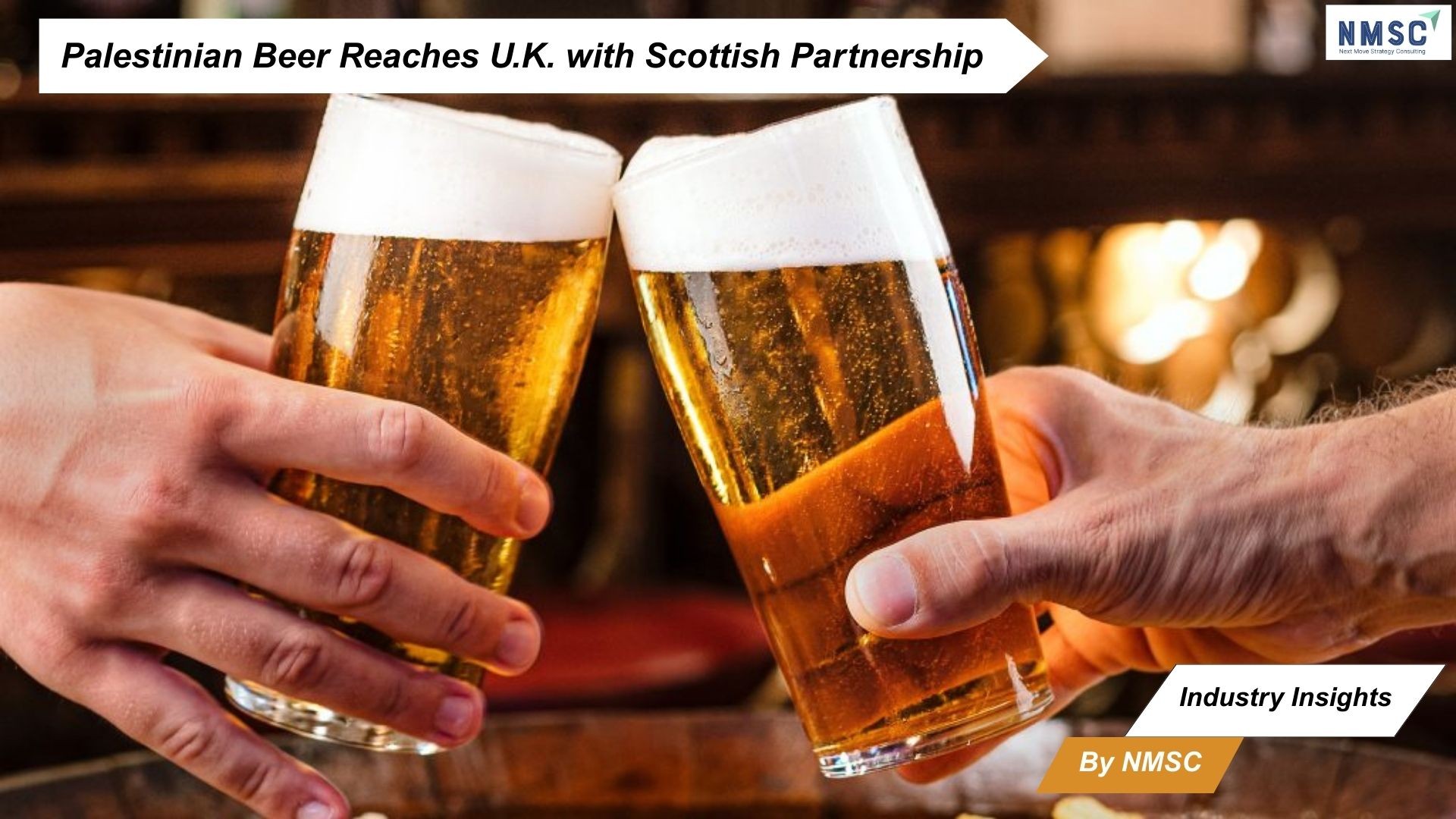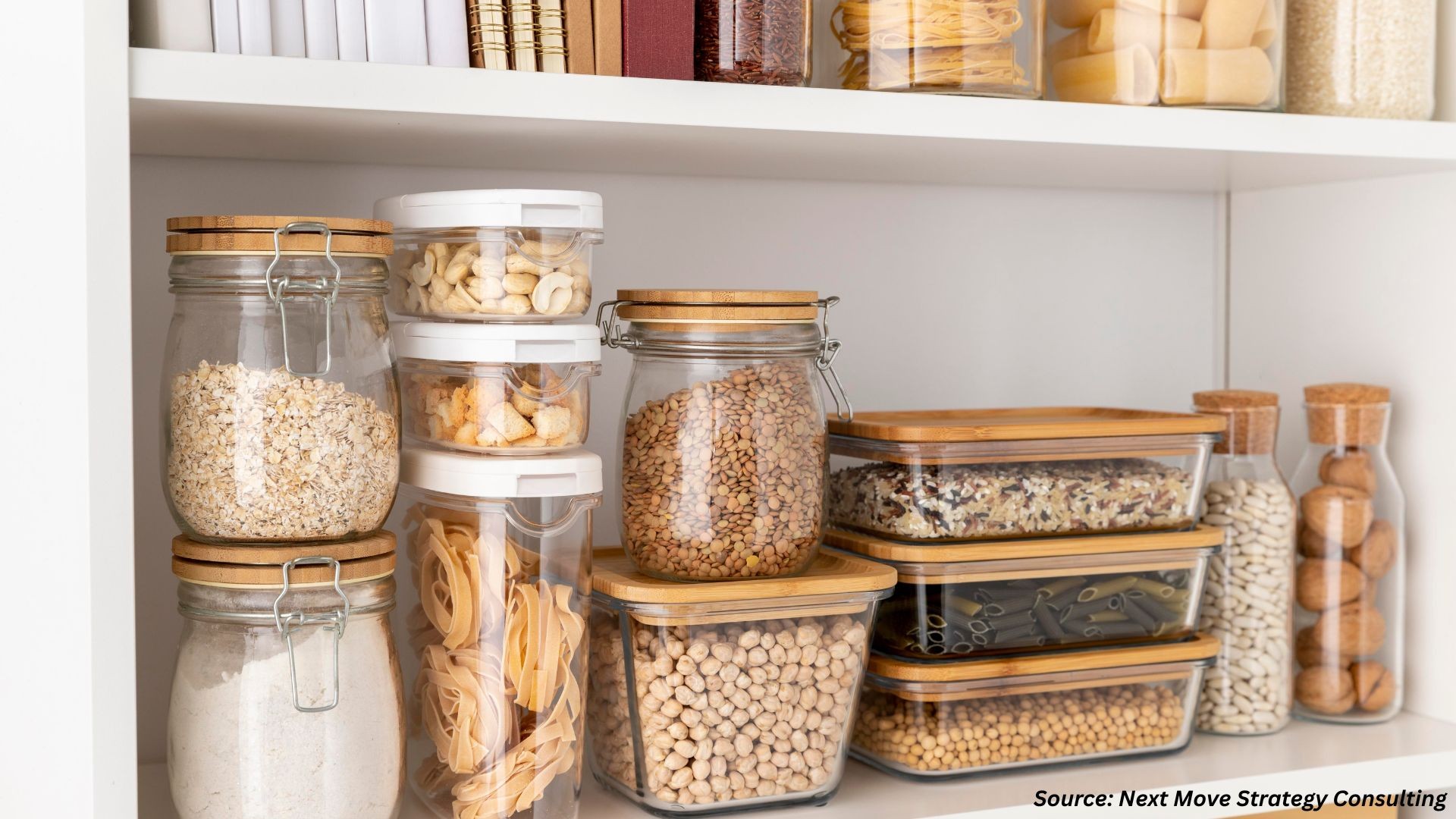
Taste Modulator Market by Type (Sweet Modulators, Salt Modulators, Sour Modulators, Bitter Modulators and Fat Modulators), by Application (Dairy Products, Bakery Products, Confectionery Products, Meat Products, Snacks, Savory, Alcoholic Beverages, and Non-Alcoholic Beverages), by Industry (Pharmaceutical, Food & Beverage and Nutraceutical)–Global Opportunity Analysis and Industry Forecast 2025-2030
Taste Modulator Industry Overview
The global Taste Modulator Market size was valued at USD 1.68 billion in 2024, and is expected to be valued at USD 1.82 billion by the end of 2025. The industry is projected to grow further, hitting USD 2.74 billion by 2030, with a CAGR of 8.5% between 2025 and 2030.
The taste modulator market is experiencing significant evolution, driven by factors such as flavour innovations, the growing global awareness of health and wellness, and the expansion of the food and beverage industry. Key trends include reducing sugar, salt, and fat without compromising flavour, supported by advances in flavour technology and growing applications in the food and beverage industry. While regulatory challenges and consumer acceptance of altered tastes remain hurdles, opportunities lie in developing innovative, plant-based, and user-friendly solutions that cater to health-conscious preferences and expand market potential.
Rising Demand for Novel and Customizable Flavour Experiences Fuels the Growth of the Market
The demand for unique and novel flavours in food and beverages is a significant driving factor for the taste modulator market growth. Modern consumers are increasingly adventurous and seek customized taste profiles, pushing manufacturers to explore innovative flavour solutions. Flavour modulators offer the flexibility to create these tailored taste experiences without necessarily adding new base flavours.
Beverage companies use a sweet modulator to enhance the sweetness of a fruit blend, making it more appealing without increasing the sugar content. DSM-Firmenich recently introduced a new range of taste solutions tailored for pharmaceutical formulations. This portfolio includes flavour maskers, bitterness blockers, and sensate designed to improve palatability. Such innovation reflects the growing demand for functional and enjoyable taste profiles across multiple industries. This shift supports product differentiation and stronger consumer appeal.
The Growing Global Awareness of Health and Wellness Boosts the Growth of the Market
The growing global awareness of health and wellness is a powerful driver reshaping the food and beverage industry. Consumers are actively seeking healthier options with reduced levels of sugar, salt, and fat. Natural taste modulators play a crucial role in achieving these healthier formulations without compromising on taste. Sweet modulators enable the creation of low-sugar beverages and food products that deliver a satisfying sweetness. This trend is evident in the rising popularity of functional and healthy beverages with clean label declarations and reduced sugar content. The need to balance health benefits with appealing taste is a key factor propelling the demand for effective taste modulation solutions.
Expansion of the Food and Beverage Sector Further Boost the Growth of The Market
The vast and dynamic food and beverage industry provides an expansive landscape for the application of flavor enhancers. From soft drinks and juices to alcoholic beverages and functional drinks, the potential uses for these ingredients are diverse. The beverage market, in particular, is experiencing significant transformation with trends like sugar reduction, plant-based alternatives, and alcohol-free options, all of which can benefit from taste modulation to enhance palatability. Furthermore, the expanding culinary and packaged food sectors globally are also driving the demand for taste modulation solutions.
Increasing Regulations Surrounding Food and Beverage Safety Hinder the Growth of the Market
One of the primary restraints facing the taste modulator market trends is the increasing regulatory scrutiny surrounding food and beverage safety. Governments and regulatory bodies worldwide are implementing stricter controls on the use of certain chemical ingredients, particularly artificial food additives and preservatives. Manufacturers operating in this market must adhere to these stringent regulations, which mandate compliance with safety and labelling standards. This poses a challenge for innovation and the rapid adoption of new taste modulation technologies. For instance, a novel flavour modulator might undergo lengthy approval processes before it can be commercially used in food and beverage products.
Innovation Through Natural Flavor Modulators Creates Future Growth Opportunities
Ongoing research and development efforts are leading to the discovery of new flavour compounds and more effective taste modulation techniques. These advancements include methods like microencapsulation for controlled flavour release, biochemical techniques using enzymes to naturally alter flavour components, and chemical synthesis for precisely targeting and modulating taste receptors.
For instance, startups like Ixora Scientific are leveraging cutting-edge technologies to develop tailor-made 100% plant-based natural flavour modulators, indicating a strong trend towards natural and innovative solutions. Moreover, the collaboration between Dohler and Ixora Scientific further highlights the industry's focus on harnessing innovation to revolutionize taste modulation. These technological breakthroughs help overcome existing challenges and cater to the growing demand for sophisticated and natural taste modulation options, driving further market growth.
Market Segmentation and Scope of Study
The taste modulator market report is segmented on the basis of type, application, industry, and region. On the basis of type the market is divided into sweet modulators, salt modulators, sour modulators, bitter modulators and fat modulators. On the basis of application, the market is bifurcated into confectionery products, meat products, snacks, savory, alcoholic beverages and non-alcoholic beverages. On the basis of industry, the market is divided into pharmaceutical, food & beverage and nutraceutical. Regional breakdown and analysis of each of the aforesaid segments include regions comprising North America, Europe, Asia-Pacific, and RoW.
Geographical Analysis
North America holds a dominating market share in the taste modulators sector, driven by increasing health consciousness and regulatory efforts to reduce sugar, salt, and fat in processed foods. In 2023, the U.S. Food and Drug Administration (FDA) continued its initiatives to encourage food manufacturers to reformulate products for healthier profiles. The Centers for Disease Control and Prevention (CDC) reported that over 37 million Americans had diabetes in 2023, highlighting the urgency for healthier food options. These factors have prompted manufacturers to adopt taste modulators to meet consumer preferences without compromising flavour.
The Asia-Pacific region is witnessing rapid growth in the taste modulators market share due to changing dietary habits, increasing disposable incomes, and rising health awareness. In China, the health and wellness market has seen significant engagement, with over 180 million health-related searches on the Xiaohongshu platform in 2023, focusing on topics like balanced nutrition and reducing anxiety. Moreover, the expanding middle-class population and growing urbanization are accelerating the consumption of processed foods, creating a fertile ground for market expansion across the region.
Europe is emerging as a significant player in the taste modulators market, fuelled by increasing consumer demand for natural and clean-label products, as well as growing health and wellness awareness across the region. Regulatory bodies such as the European Food Safety Authority (EFSA) are actively encouraging food manufacturers to reduce sugar, salt, and fat levels in processed foods, thereby driving the adoption of taste modulation solutions. Additionally, the region's strong focus on sustainability and innovation in food processing has led to increased research and development in natural taste modulators. These trends, combined with a mature food industry and high consumer purchasing power, position Europe as a growing market with considerable potential.
Rest of the World (RoW), including regions such as Latin America, the Middle East, and Africa, is gradually emerging as a promising market for taste modulators. While currently at a nascent stage compared to developed regions, rising health awareness, increasing penetration of Western dietary patterns, and the expansion of the food and beverage industry are contributing to steady market growth. Governments and health organizations in these regions are also beginning to advocate for reduced sugar and salt intake, prompting food manufacturers to explore innovative formulation strategies. With growing consumer interest in functional and fortified foods, the Rest of the World region presents untapped potential for future growth in the taste modulators market.
Strategic Innovations and Specialized Solutions Drive Competitive Edge in the Taste Modulator Market
Key players in the dynamic taste modulator industry are strategically focusing on innovation to meet evolving consumer demands for healthier and more sustainable food and beverage options without sacrificing taste. For instance, companies such as Dohler and MANE have developed sophisticated precision taste modulation programmes (SENSE CAPTURE) to address specific challenges such as sugar reduction, salt reduction, and fat reduction while enhancing desired taste profiles and minimizing off-notes in various applications, including plant-based products and baked goods.
In addition to that, T. Hasegawa focuses on customized modifier formulations and masking technologies to optimize flavour perception. For instance, the development of modulators that allow for significant sugar reduction in beverages without compromising sweetness offers a tangible example of addressing health concerns while maintaining taste appeal. Additionally, the pharmaceutical sector is emerging as an opportunity, with companies like DSM-Firmenich launching taste solutions to improve drug palatability.
Key Benefits
-
The report provides quantitative analysis and estimations of the market from 2025 to 2030, which assists in identifying the prevailing market opportunities.
-
The study comprises a deep dive analysis of the market including the current and future trends to depict prevalent investment pockets in the market.
-
Information related to key drivers, restraints, and opportunities and their impact on the market is provided in the report.
-
Competitive analysis of the players, along with their market share is provided in the report.
-
SWOT analysis and Porters Five Forces model is elaborated in the study.
-
Value chain analysis in the market study provides a clear picture of roles of stakeholders.
Taste Modulator Market Key Segments
By Type
-
Sweet Modulators
-
Salt Modulators
-
Sour Modulators
-
Bitter Modulators
-
Fat Modulators
By Application
-
Dairy Products
-
Bakery Products
-
Confectionery Products
-
Meat Products
-
Snacks
-
Savory
-
Alcoholic Beverages
-
Non-Alcoholic Beverages
By Industry
-
Pharmaceutical
-
Food & Beverage
-
Nutraceutical
By Region
-
North America
-
The U.S.
-
Canada
-
Mexico
-
-
Europe
-
The UK
-
Germany
-
France
-
Italy
-
Spain
-
Denmark
-
Netherlands
-
Finland
-
Sweden
-
Norway
-
Russia
-
Rest of Europe
-
-
Asia Pacific
-
China
-
Japan
-
India
-
South Korea
-
Australia
-
Indonesia
-
Singapore
-
Taiwan
-
Thailand
-
Rest of Asia Pacific
-
-
RoW
-
Latin America
-
Middle East
-
Africa
-
Key Players
-
Dohler GmbH
-
ADM
-
Kerry Group plc
-
Firmenich International SA
-
Sensient Technologies Corporation
-
Icon Food Systems Inc.
-
Carmi Flavor & Fragrance Co. Inc.
-
International Flavors & Fragrances Inc.
-
Flavorchem corporation
-
Symrise
-
Dsm-Firmenich
-
The Flavor Factory, Inc.
-
Synergy Taste
-
Corbion
-
Givaudan
REPORT SCOPE AND SEGMENTATION:
|
Parameters |
Details |
|
Market Size in 2024 |
USD 1.68 Billion |
|
Revenue Forecast in 2030 |
USD 2.74 Billion |
|
Growth Rate |
CAGR of 8.5% from 2025 to 2030 |
|
Analysis Period |
2024–2030 |
|
Base Year Considered |
2024 |
|
Forecast Period |
2025–2030 |
|
Market Size Estimation |
Billion (USD) |
|
Growth Factors |
|
|
Countries Covered |
28 |
|
Companies Profiled |
15 |
|
Market Share |
Available for 10 companies |
|
Customization Scope |
Free customization (equivalent up to 80 working hours of analysts) after purchase. Addition or alteration to country, regional, and segment scope. |
|
Pricing and Purchase Options |
Avail customized purchase options to meet your exact research needs. |

















 Speak to Our Analyst
Speak to Our Analyst

























